Floor and wall tile combos that work every time
Planning to refresh, or even replace, your kitchen or bathroom? Start your new scheme with the tiles
In partnership with Topps Tiles

Wall and floor tiles aren’t just a practical option for bathroom and kitchen areas, they’re a stylish choice too. Durable, easy to clean and fairly simple to lay, they’re a great way of adding colour and pattern to high-traffic rooms and will last for years. With a big trend for feature tiles, both on walls and floors, now is the perfect time to be brave.
Think about your layout
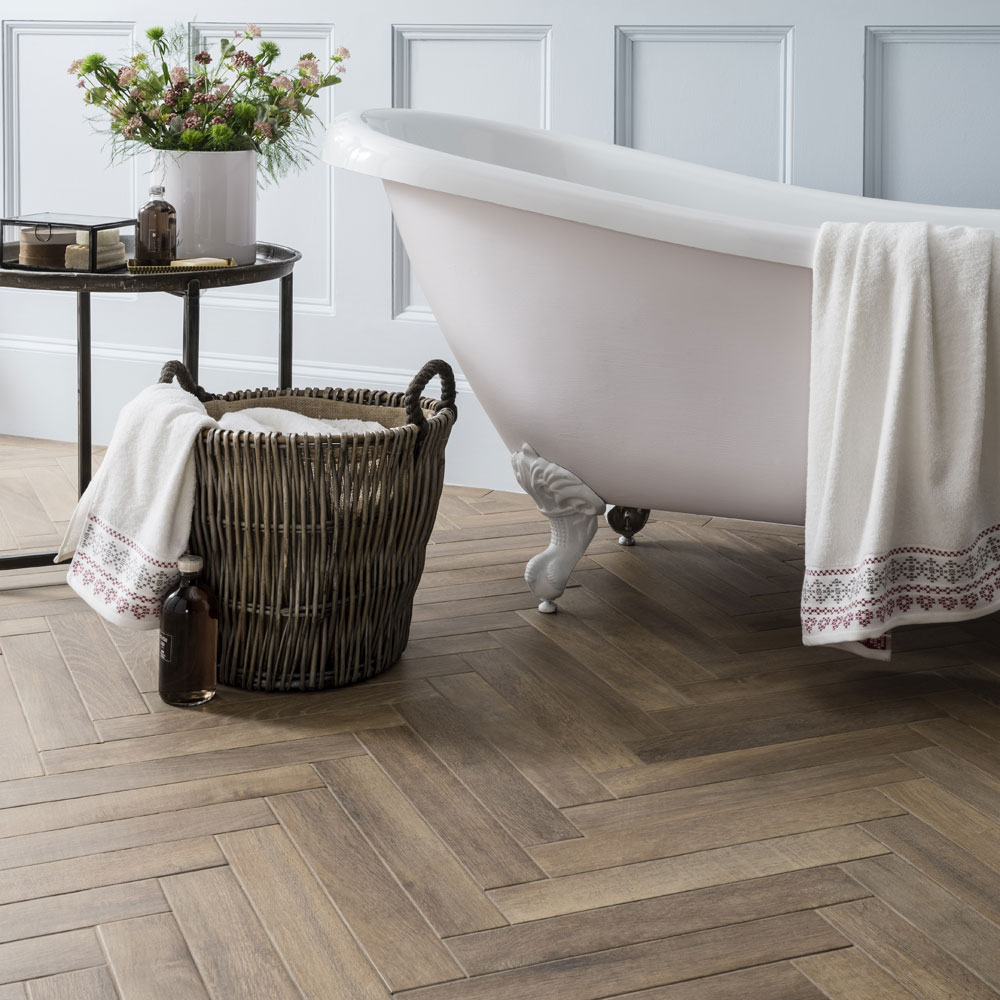
Laying tiles in different formats on a wall or floor is a subtle way to add interest and allows the colour and finish of the tile to shine. Instead of simple rows of tiles, why not experiment with different effects. The classic brick bond or half-and-half pattern, where you lay one tile at the halfway point of the one below, works well for metro tiles. You can also position them one third of the way along or like a ladder, or in a herringbone pattern. You can even turn them on their sides to hang vertically. This stylish combination works well on both walls and flooring.
Perfect your period property
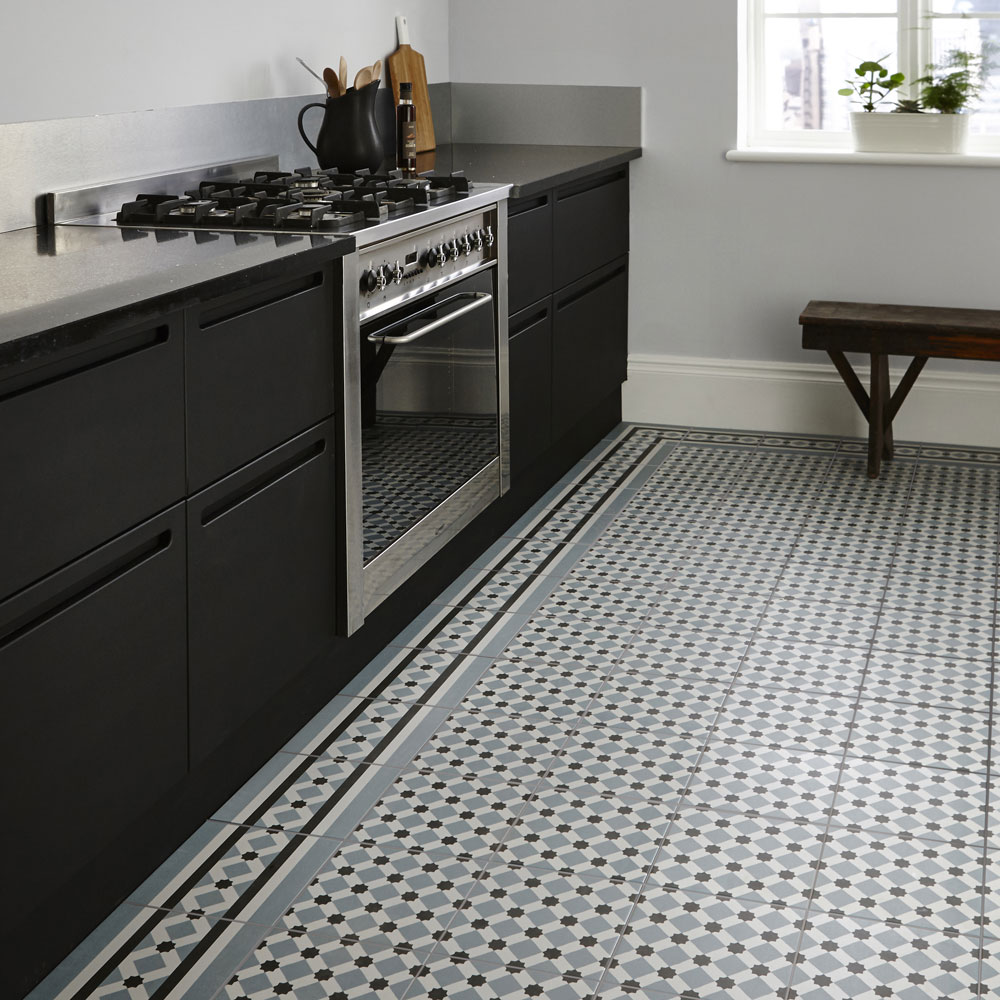
Encaustic tiles are a fabulous choice for walls and floors. Working equally well with contemporary and traditional interiors, encaustic tiles are a versatile product. Named after the Greek for ‘burn in’, encaustic tiles feature decorative designs that are stamped, rather than glazed, making them an ideal choice for a Victorian-style hall. Textured tiles are a great alternative to wallpaper in a dining space. These cement tiles with an embossed pattern and a subtle matt finish add style and colour without overpowering the scheme.
Work with raw materials
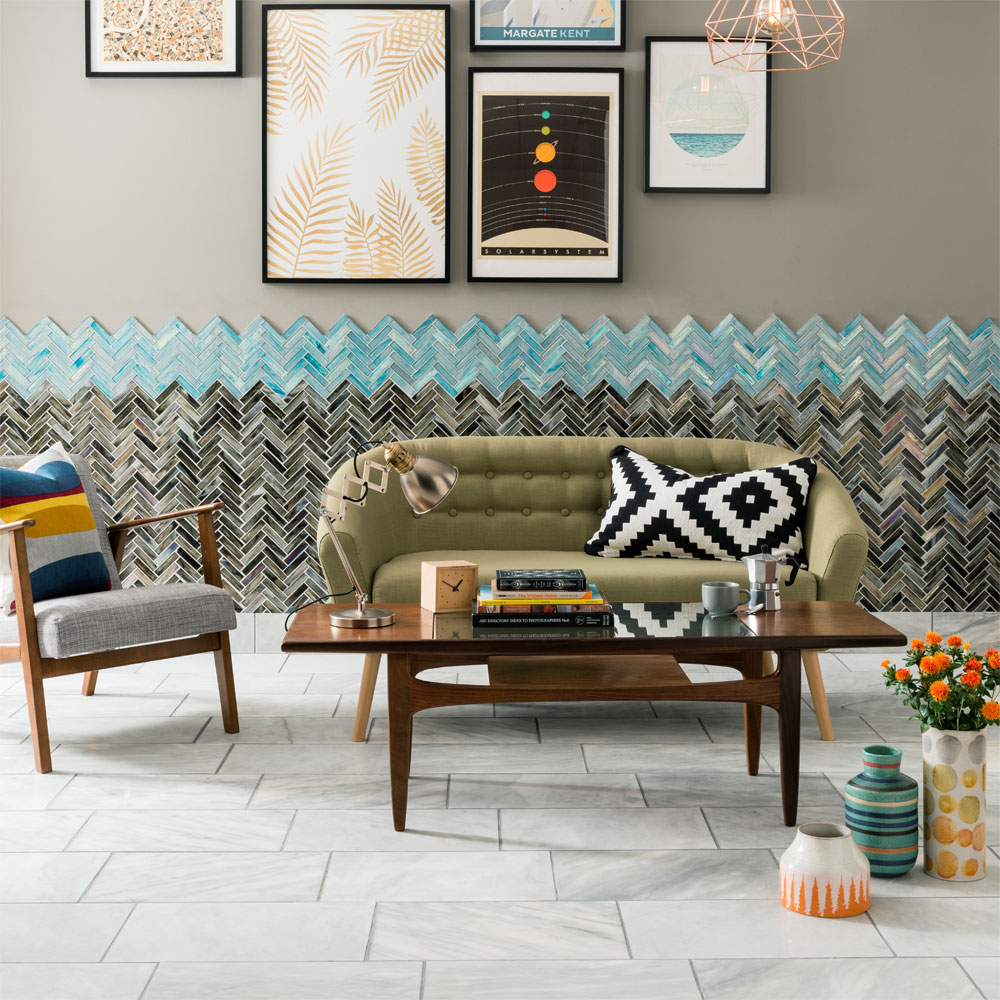
If you want enduring beauty and individual character that will work well on walls and floors, look no further than stone. A cool marble or honed limestone can look just as much at home in a contemporary kitchen as a rugged flagstone or fossil-speckled travertine does in a country interior. All natural stone is porous so it must be sealed and may require further treatment on a regular basis but, properly installed and cared for, a stone floor should last a lifetime. Alternatively, wood-effect floor tiles can strike just the right note in any style of home. These look just like natural wood, they’re warm and add a rustic look in a country cottage and, in a contemporary setting, they will add texture and create an organic feel. The latest ranges of wood-effect floor tiles have tough, long-lasting finishes and are straightforward to install.
Play with porcelain
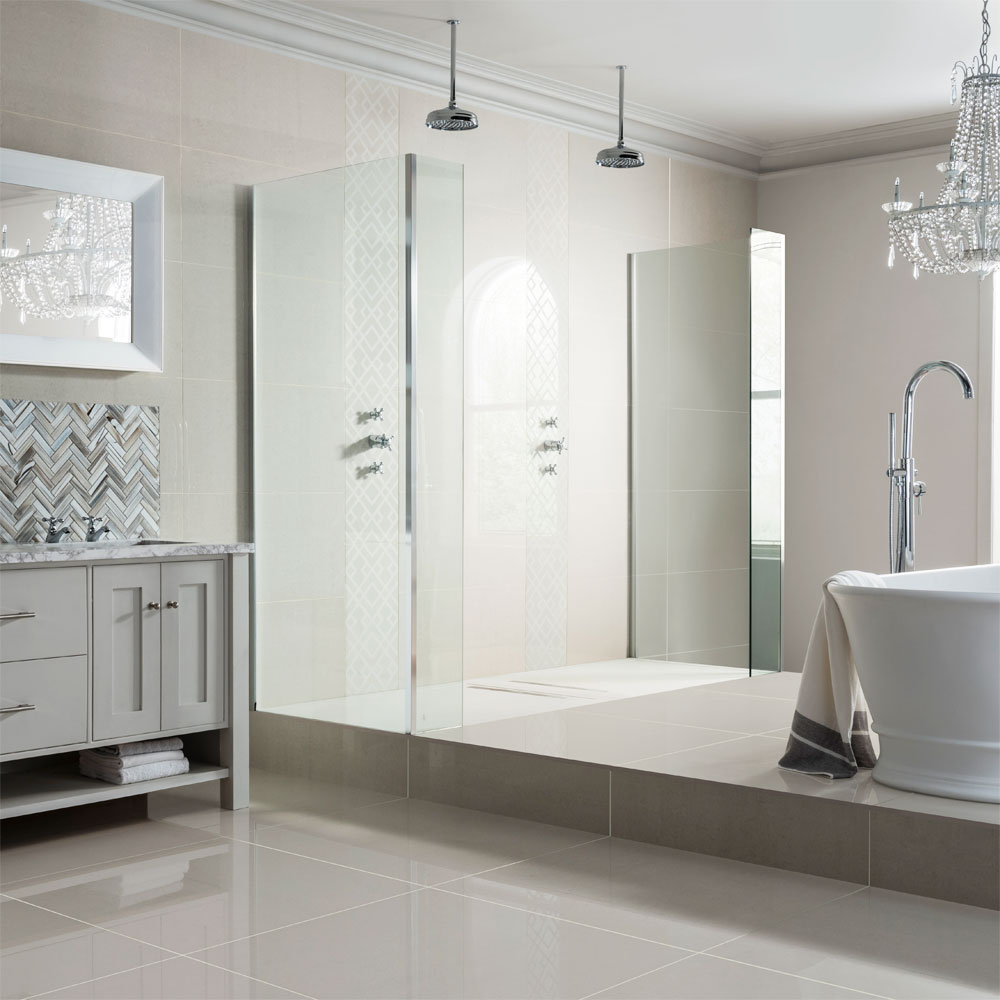
A type of ceramic, porcelain generally makes the best flooring. Because it’s fired at a much higher temperature than ceramic, it’s super-hard, almost totally non-porous, and is resistant to scratching and staining, making it a good, low-maintenance, choice for busy kitchens. Many porcelain tiles are suitable for both interior and exterior use, but always check before you buy. Traditional clay-based ceramics are not as hardwearing, may be too ‘soft’ for use on floors and more prone to staining. The newest ranges include a wood effect, which is virtually indistinguishable from the real thing. The bonus is that, as porcelain is maintenance-free and very durable, very often these tiles are more resilient than the materials they mimic!
Make it mosaic
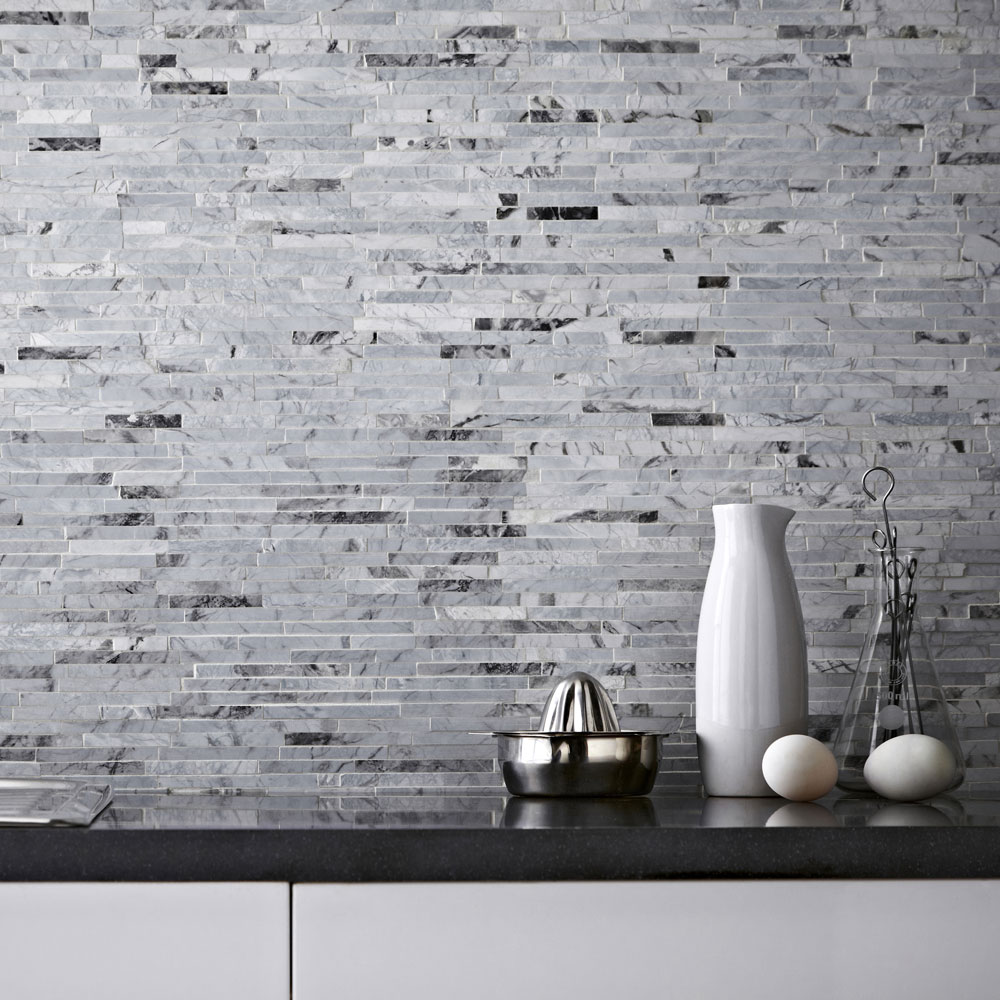
This ancient form of tiling is still very popular today. Often made by hand using luxury materials, including marble and other natural stones, semi-precious stones and metals, they can be a pricey choice, but even a small splashback, feature wall panel or ‘rug effect’ on a floor can add interest to a wet room. Mosaics are usually supplied on sheet backing (often 30 x 30cm) for ease of application, but custom-made, hand- assembled designs are available. They can be cut to size to use as a border or feature, but be aware that any faults in your sub-floor or wall will be magnified by the myriad lines of the mosaics.
Get the Ideal Home Newsletter
Sign up to our newsletter for style and decor inspiration, house makeovers, project advice and more.

Thea Babington-Stitt is the Managing Editor for Ideal Home. Thea has been working across some of the UK’s leading interiors titles since 2016.
She started working on these magazines and websites after graduating from City University London with a Masters in Magazine Journalism. Before moving to Ideal Home, Thea was News and Features Editor at Homes & Gardens, LivingEtc and Country Homes & Interiors. In addition to her role at Ideal Home, Thea is studying for a diploma in interior design with The Interior Design Institute.
-
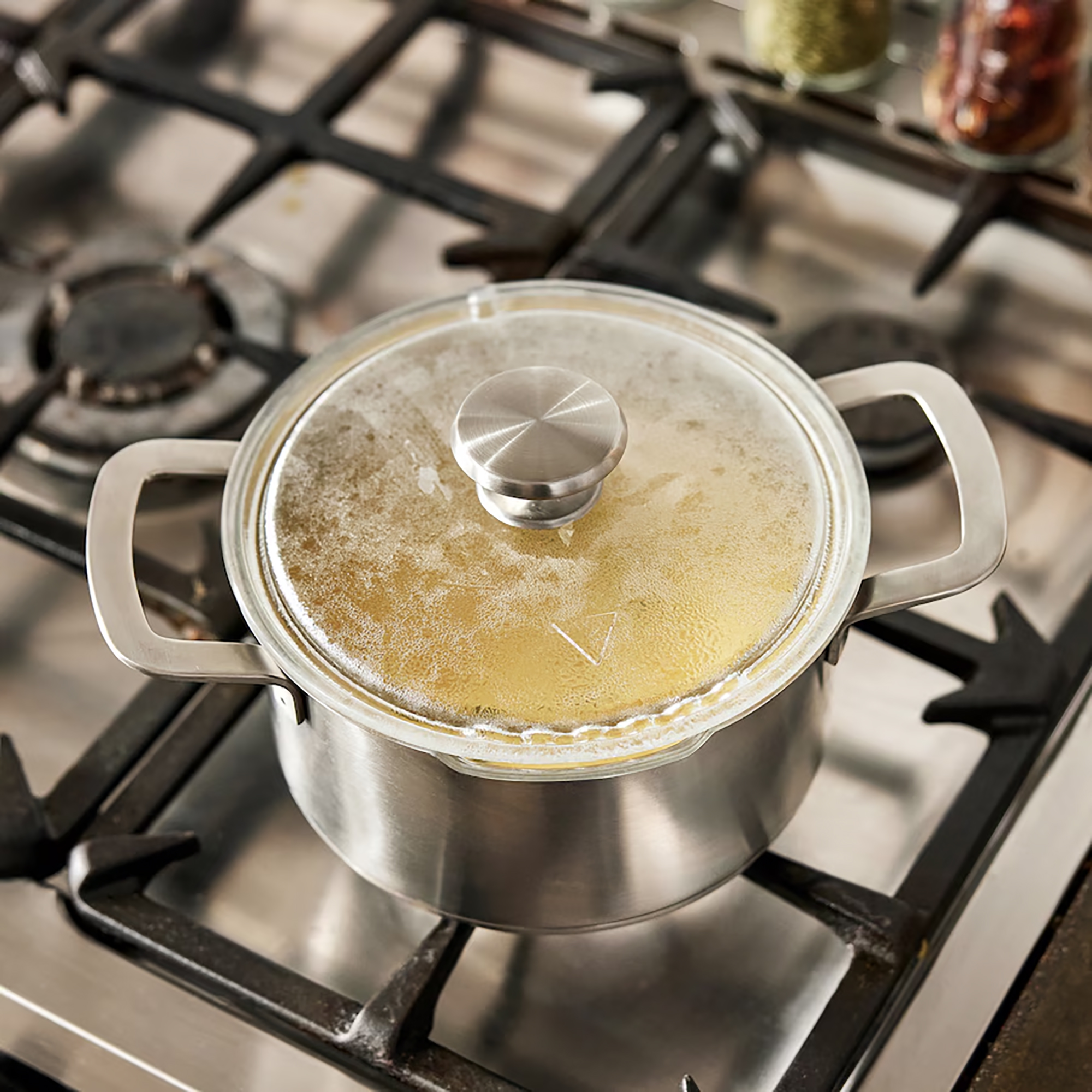 I've been using IKEA's 7-piece stainless steel cookware set for three weeks - it's completely upgraded my cookware game
I've been using IKEA's 7-piece stainless steel cookware set for three weeks - it's completely upgraded my cookware gameFor under £100, IKEA's 7-Piece Cookware set is a bargain. But is it worth investing in? I tested it to find out
-
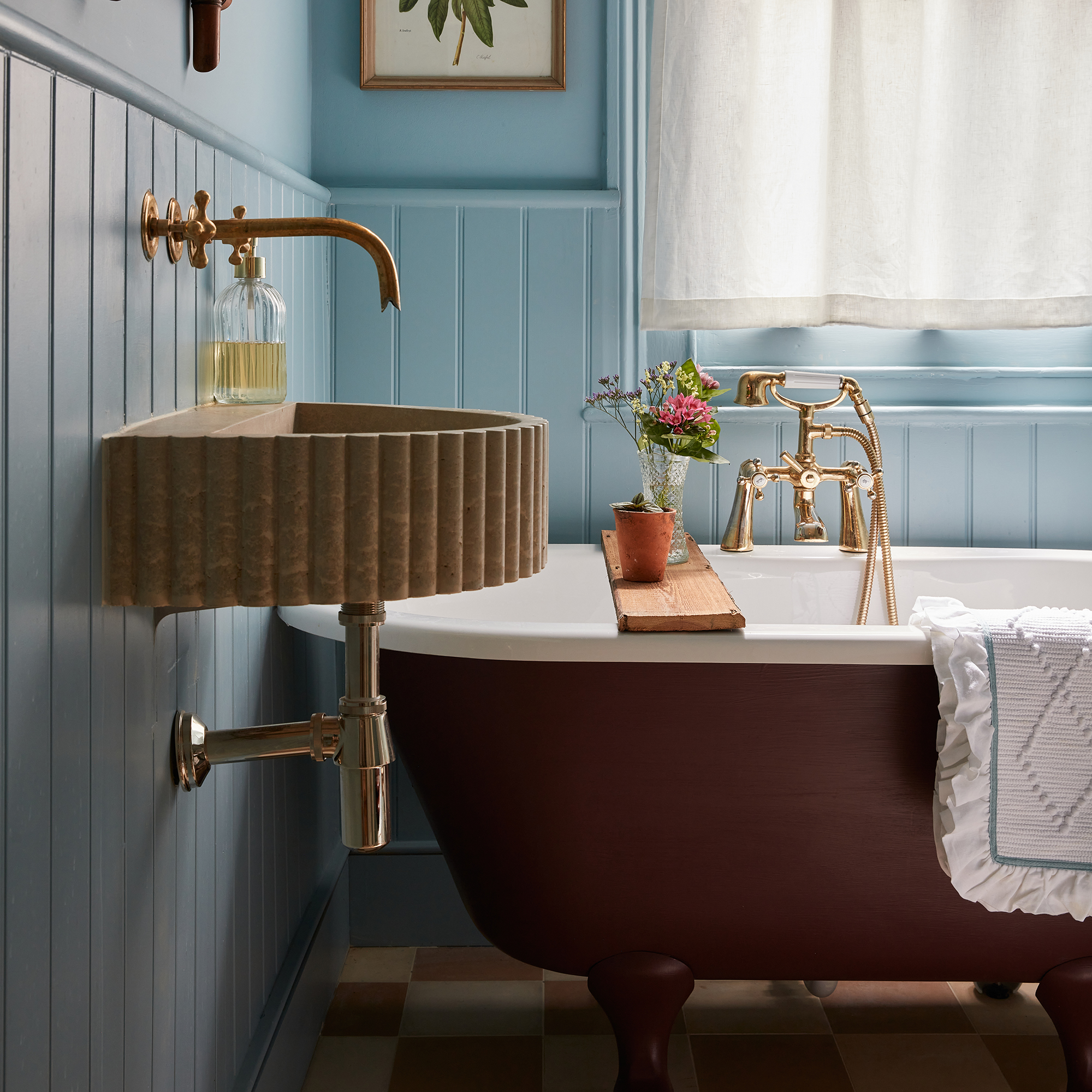 What paint finish should you use in a bathroom? Experts agree this is the best finish for a high humidity space
What paint finish should you use in a bathroom? Experts agree this is the best finish for a high humidity spaceAvoid flaking paint by buying the right finish for a bathroom
-
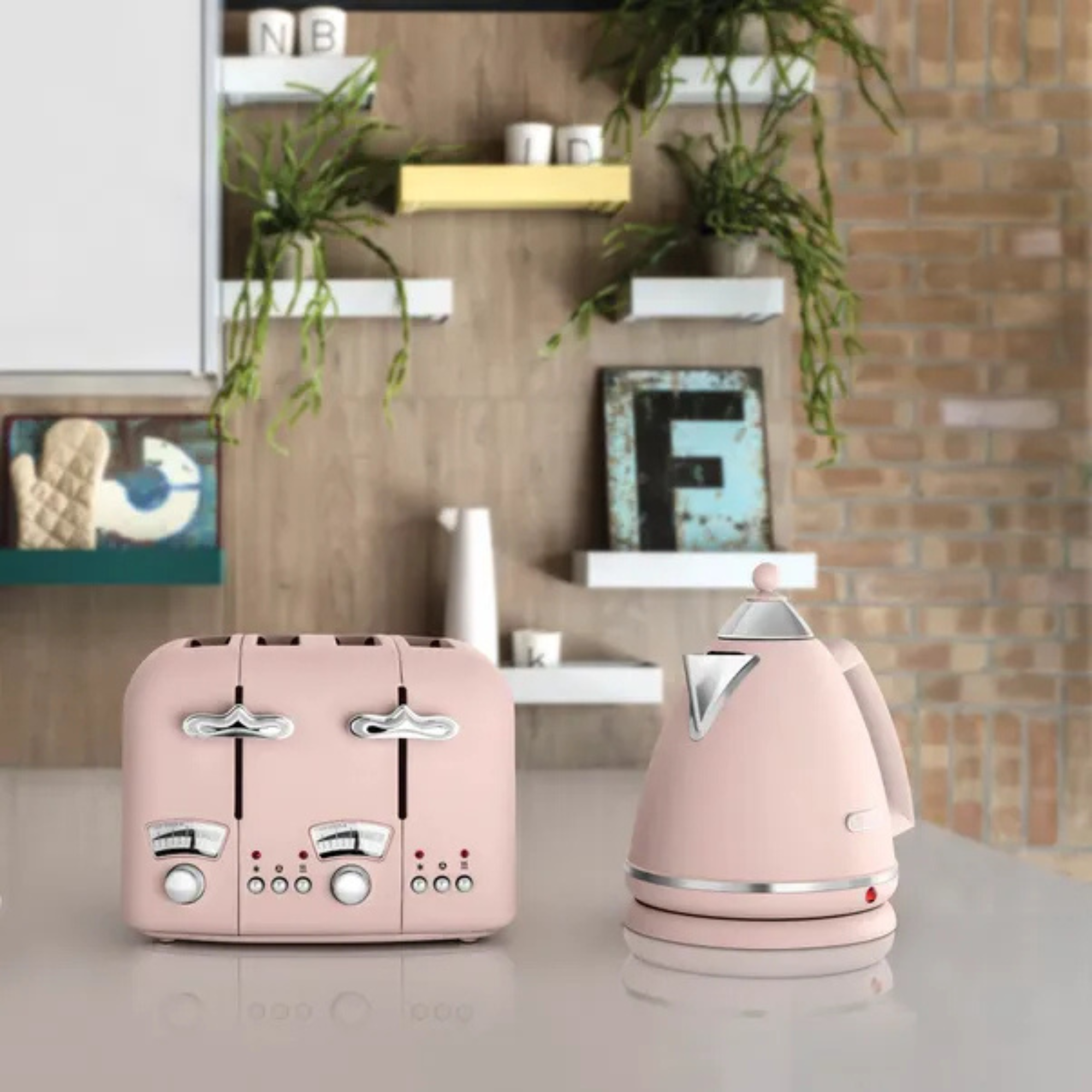 I’ve found a stylish, affordable alt to the iconic Smeg kettle - and it’s available in just as pretty pastel shades
I’ve found a stylish, affordable alt to the iconic Smeg kettle - and it’s available in just as pretty pastel shadesSmeg kettles are renowned for their beautiful colourways, but this alternative is just as cute